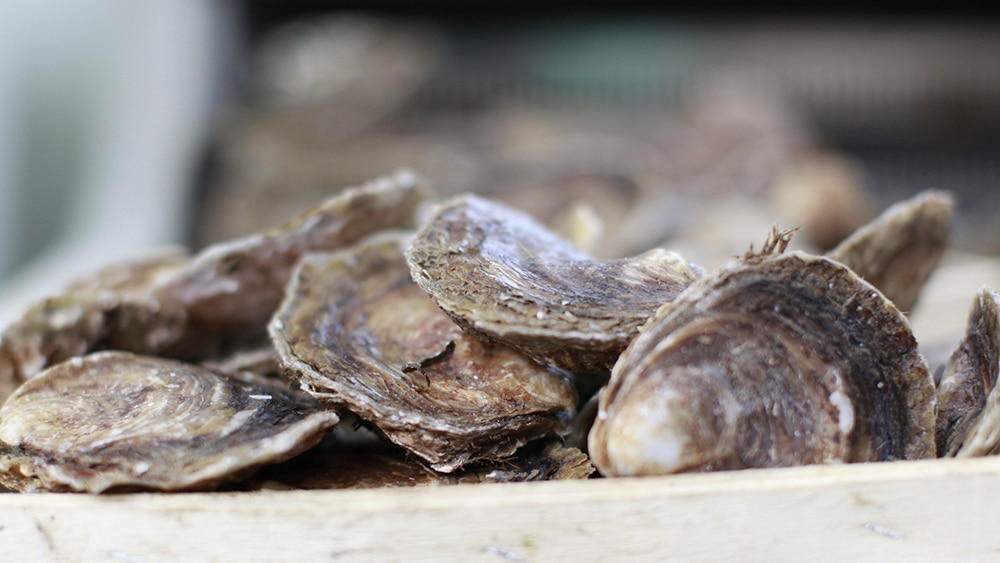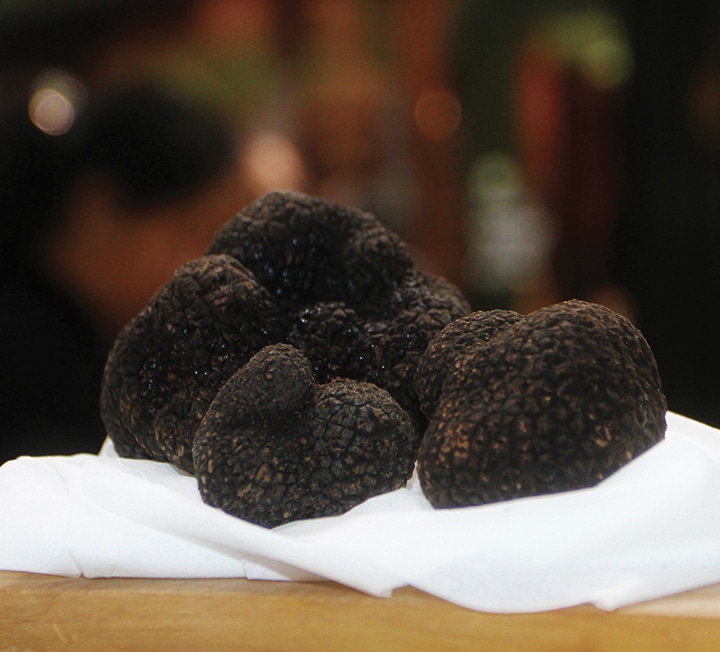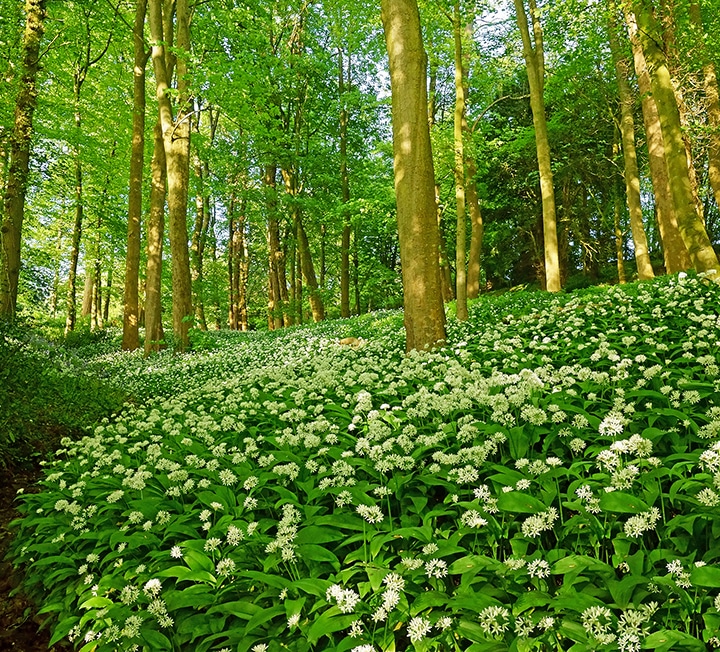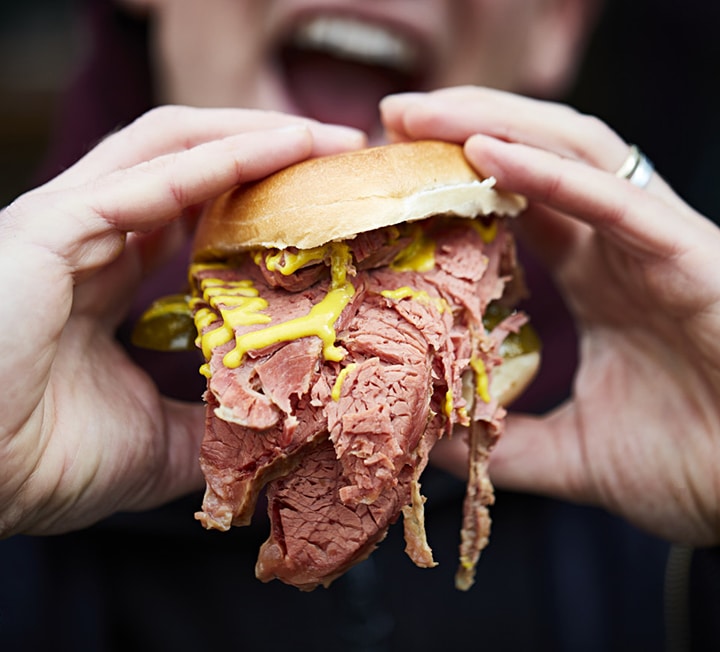What it takes: cultivating oysters
Richard Haward of Richard Haward’s Oysters on the work involved in producing top quality oysters


“THERE IS AN OLD SAYING ABOUT NATIVE OYSTERS: THE FIRST THING THEY THINK ABOUT IS DYING”
Interview: Viel Richardson
Richard Haward of Richard Haward’s Oysters is the seventh generation of his family to cultivate oysters in the River Blackwater, on Mersea Island, Essex. He sells the Colchester native oysters that have been harvested from the area’s creeks for thousands of years, as well as hardier Pacific oysters – also known as rock oysters – which were introduced there in the late sixties. Richard doesn’t consider himself an oyster ‘farmer’: “There are some oyster farms that use specially constructed pens and oyster bags, but our oysters live on the river bed, so it would be more accurate to say that we cultivate oysters,” he explains.
What does oyster cultivation involve?
The deep waters where the oysters spawn are often not ideal for their further development – the shell grows but they don’t fatten up, so you don’t get much meat. The flesh can be very thin and watery. So, after they’ve reached a certain size we move them to oyster beds situated in creeks that run into the main river. This seems to be the environment that produces the best quality oysters. A lot of what we do is about making sure the oysters are in the right part of the river to thrive. For that, you have to know the river intimately.
Do you treat both species of oyster the same way?
The two are very different. There is an old saying about native oysters: “The first thing they think about is dying.” They don’t like too much heat, cold or silt. The water here is brackish – a mixture of seawater and fresh water – so the salt levels can change. Native oysters struggle if the salt levels fall too much, so we have to monitor the salinity.
We also have to ensure they remain under water all the time. The river is tidal, and if they are left exposed on the foreshore at low tide, a cold snap can kill them. Rock oysters are much hardier and can cope with most changes, but – like all oysters – too much silt is bad for them. Oysters feed by filtering nutrients out of the water that flows over them, and high silt levels can make this difficult.
How do you harvest them?
We bring them up by dredging. We return the ones that are too small to the beds. We separate any that have stuck together, because oysters that have fused together will not develop properly. This is also when we move oysters between locations if we need to, and check for pests. We go out four or five days a week, so we develop a feel for the condition of the beds and we can spot any issues that are developing.
What pests do you have?
The biggest predator is the starfish. We kill any that are brought up, which sounds harsh, but it is the only effective and responsible way to control their numbers. We also remove any oysters that show signs of ‘oyster drill’ – a snail that bores into the oyster and kills them.
Isn’t dredging bad for the beds?
It is important to understand that there are different levels of dredging. We use very light dredgers. These skim across the surface of the seabed and don’t gouge into it in the way that heavier dredgers do. In fact, the way we dredge actually helps to maintain the riverbed. Recent studies have found that areas that are being worked for oyster cultivation have greater biodiversity than areas that are not. Regular light dredging helps to maintain low silt levels – it stirs the silt up, allowing it to be carried away by the tide – and this helps create a good habitat for other marine life, as well as for oysters.
Do you have to do anything else to maintain the beds?
Not really. The main thing is to stop silt from building up. If we stopped dredging, the silt would build up surprisingly quickly. Other than that, we just leave the river to its own devices.
What happens to the oysters after they’ve been harvested?
They are placed in baskets and covered with wet sacks to keep them cool and damp. When we get ashore we wash and grade them, then the oysters go into depuration tanks to flush out any toxins they might have picked up while feeding. The river water flowing through these tanks has been placed under intense ultraviolet light, which purifies the water while leaving it rich in nutrients. The oysters are cleaned as they feed.
Another old oysterman saying is: “Treat your oysters like eggs.” They are living creatures, so if you throw them about they will get stressed. Careful handling is so important. Stressed oysters don’t feed properly, making the purification process less effective.
Is there an oyster season?
Not for rock oysters, but we can only sell native oysters from 4th August to 14th May. Natives are still in very short supply. There are regeneration projects aimed at building stocks up, but that will take several years.
Are your oyster beds in good condition at the moment? Yes, they are. If we are responsible, they should remain so for the eighth generation of Hawards, who are already continuing the tradition of working the oyster beds.


